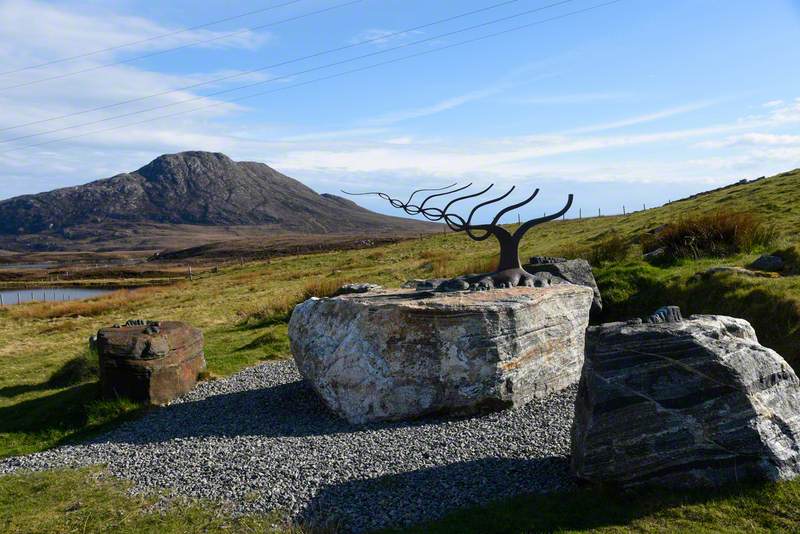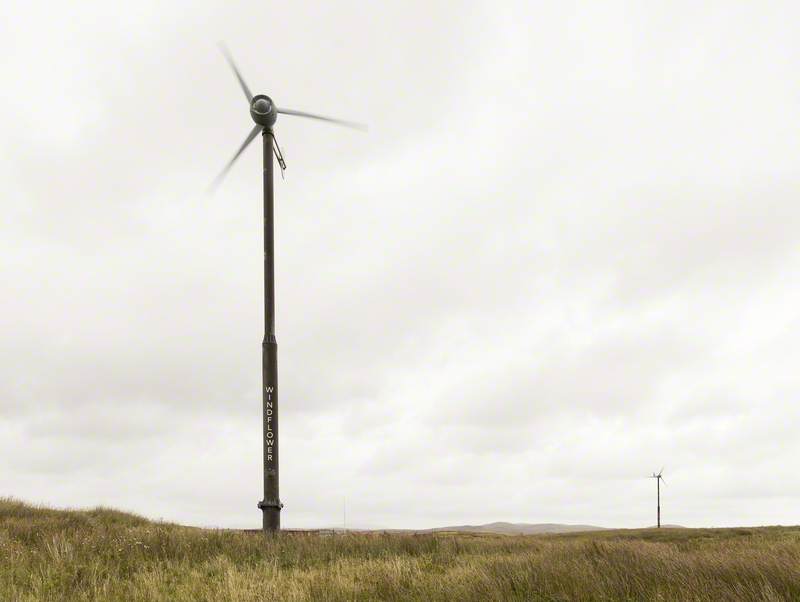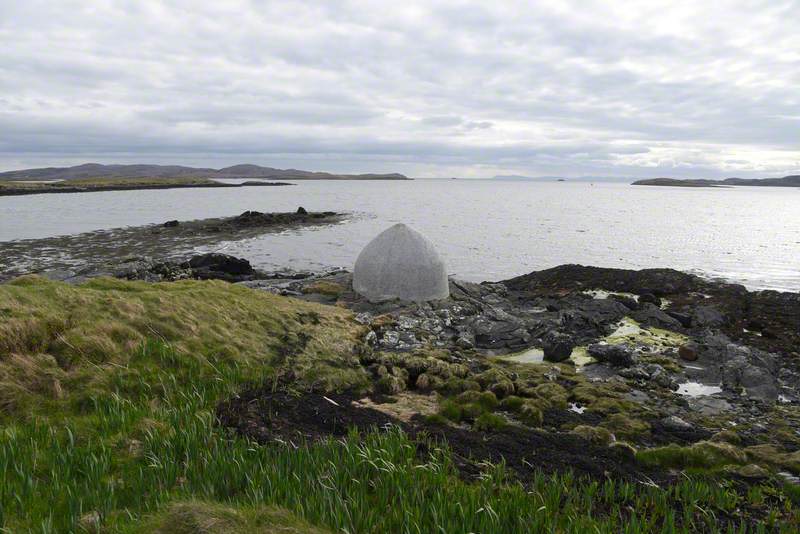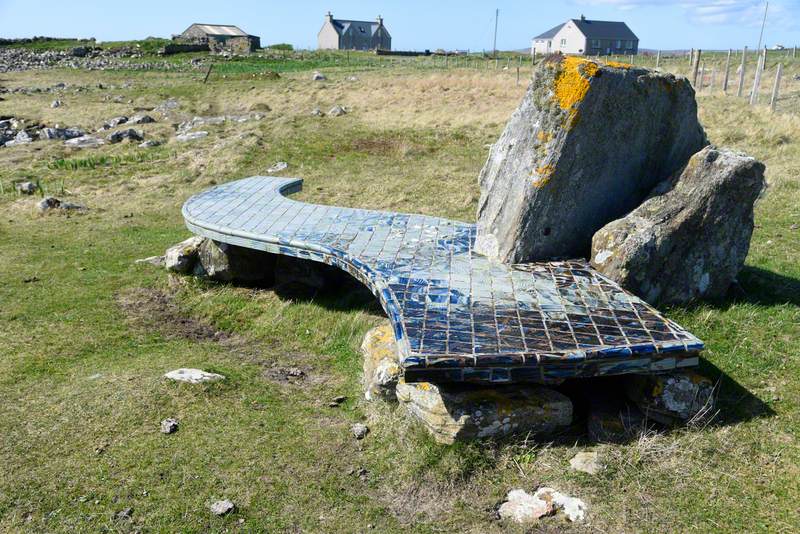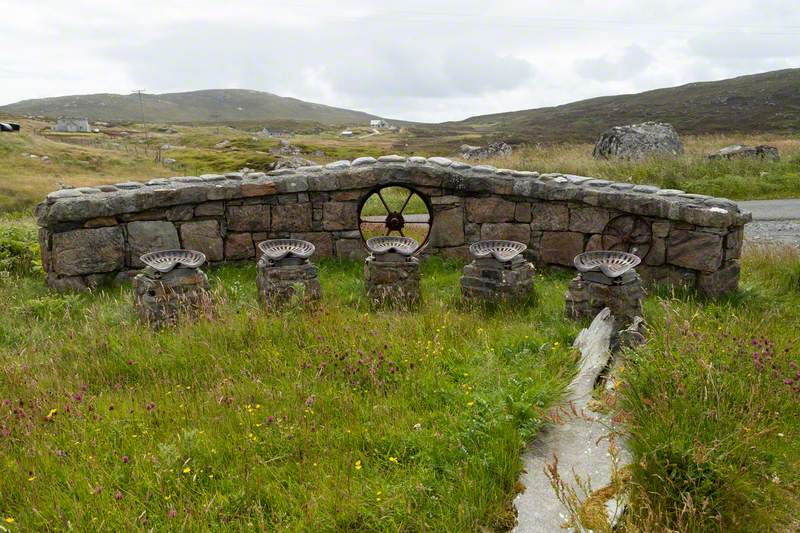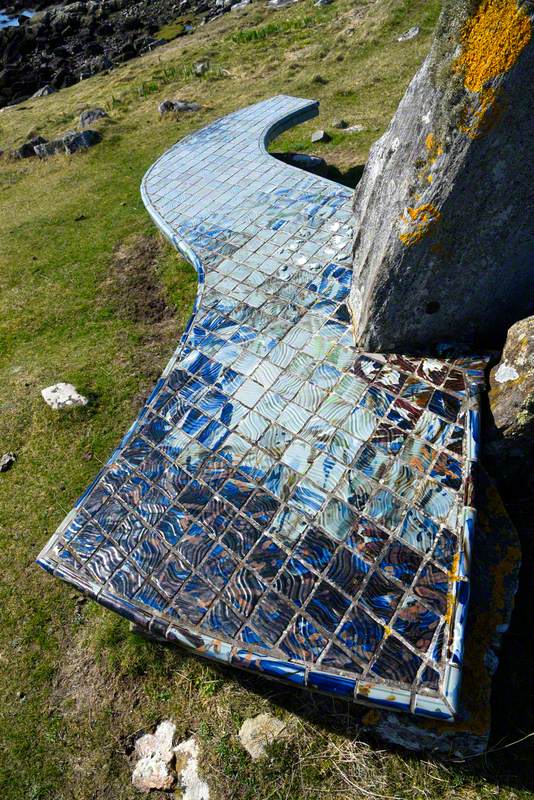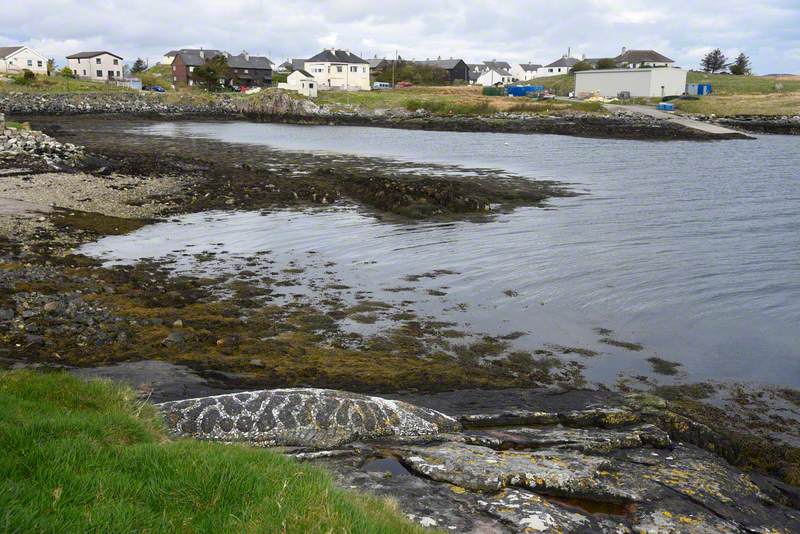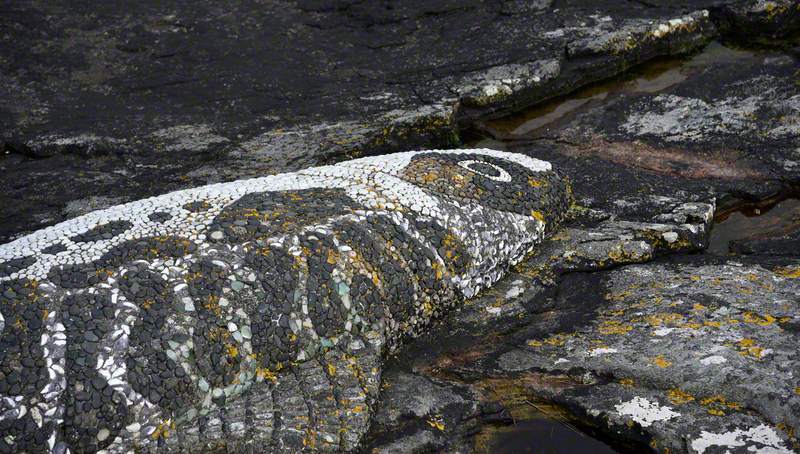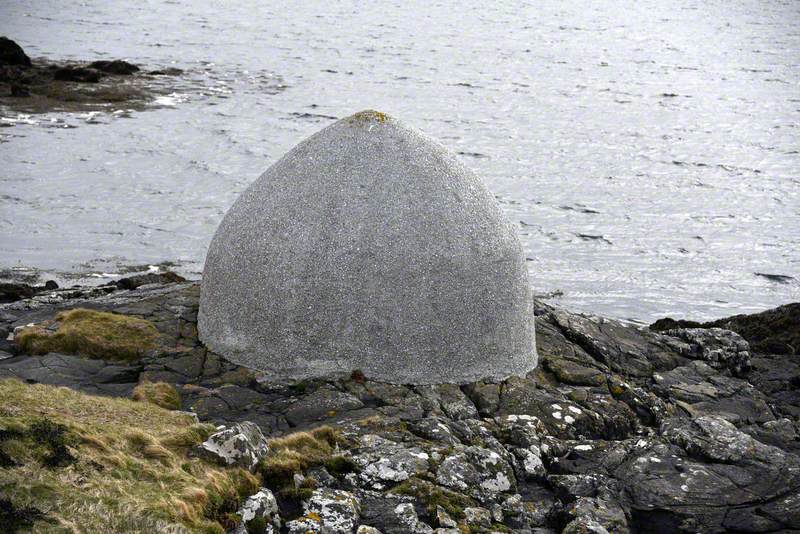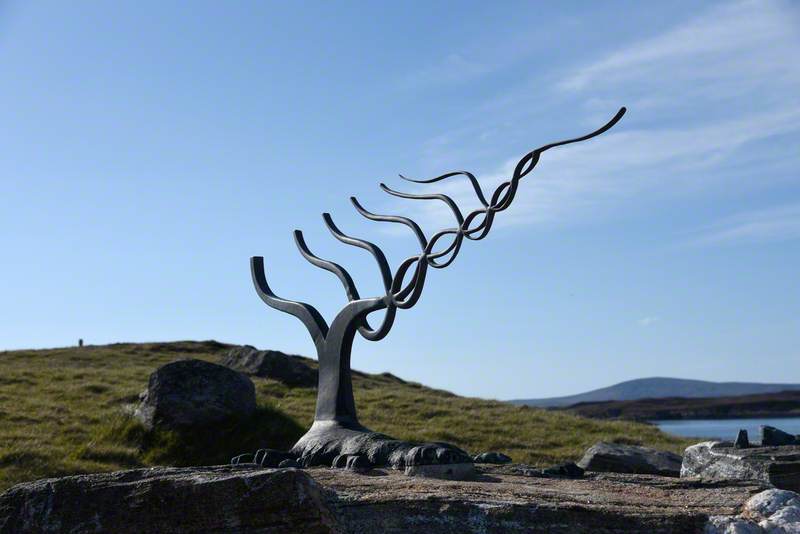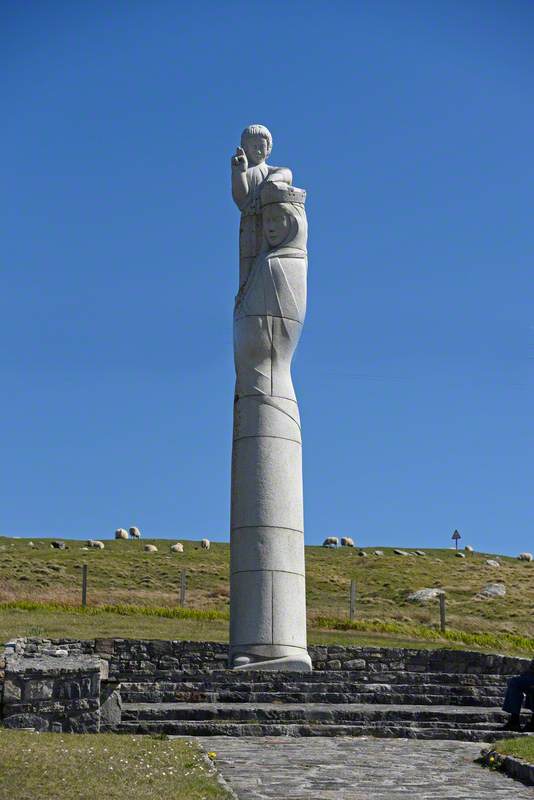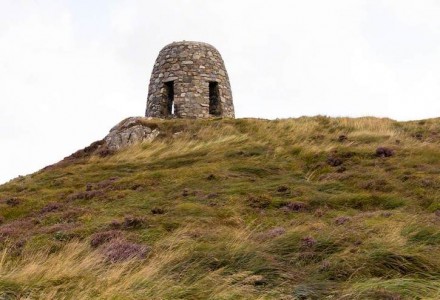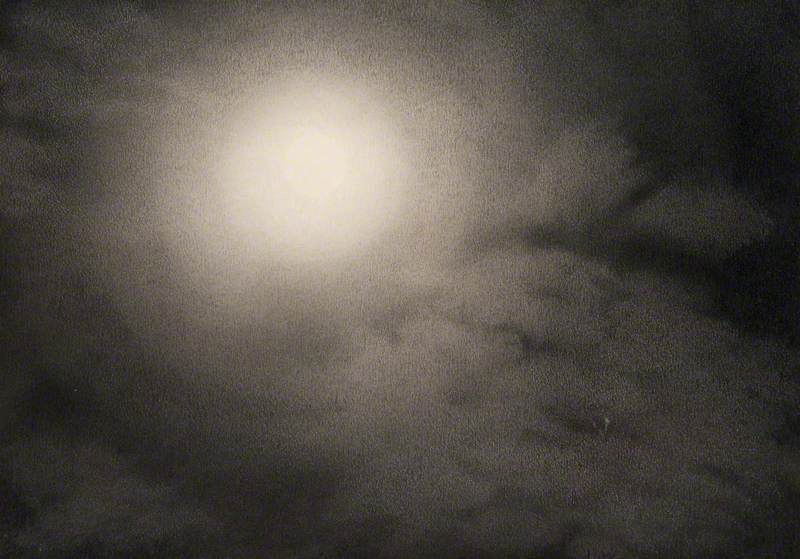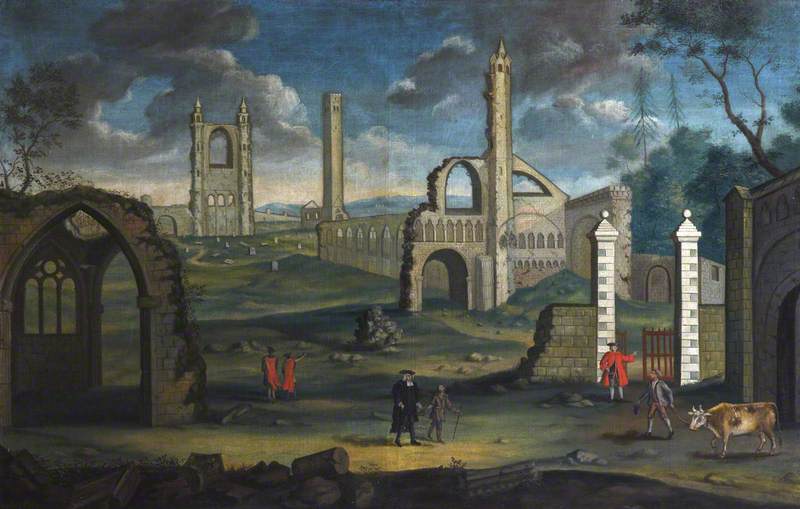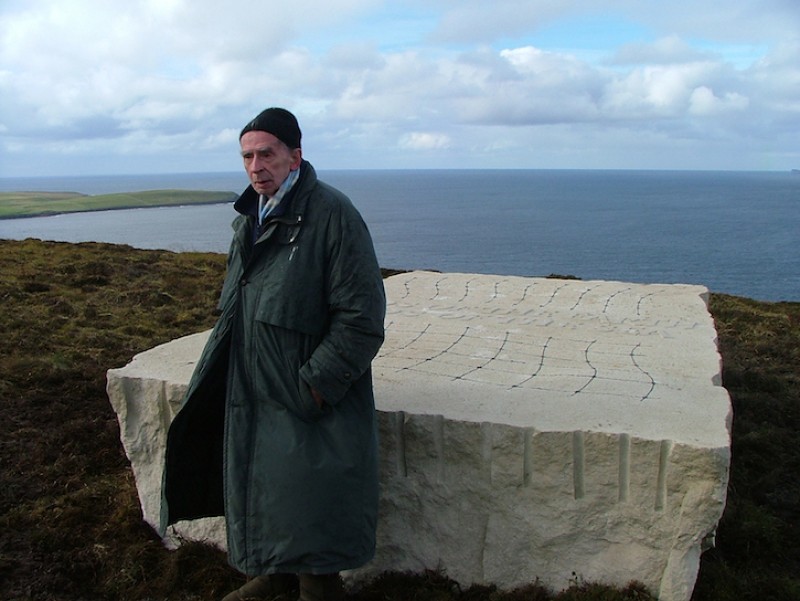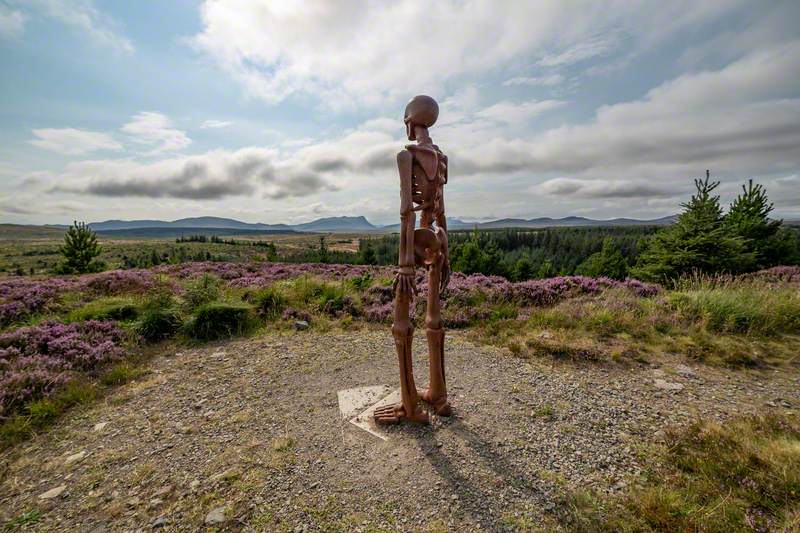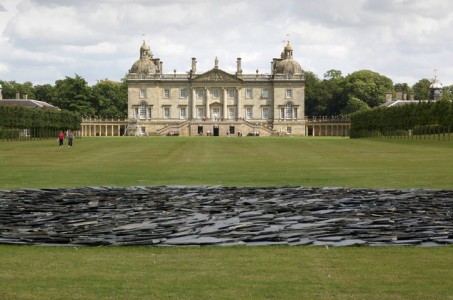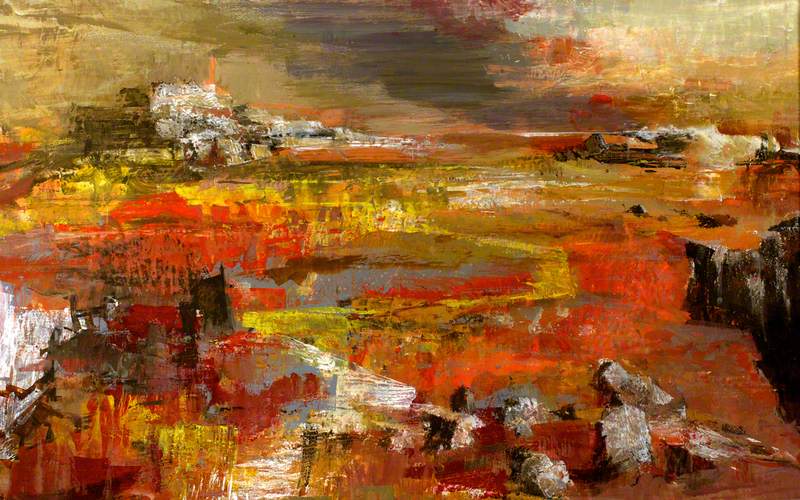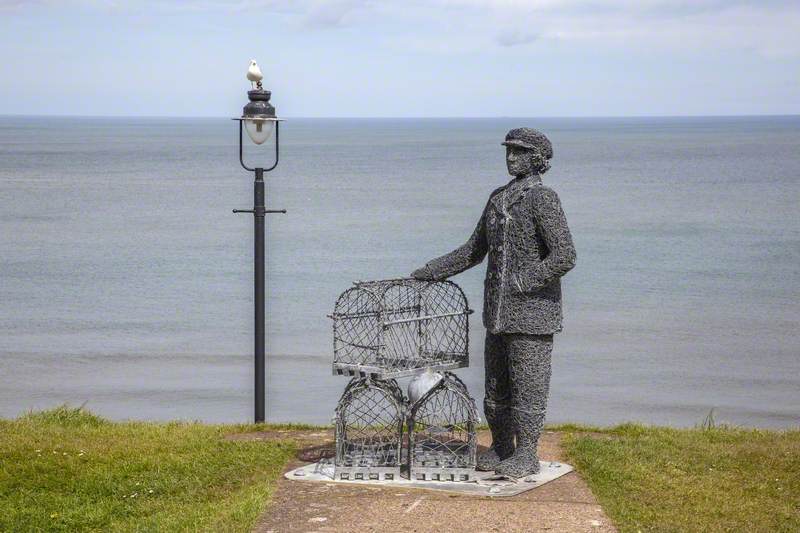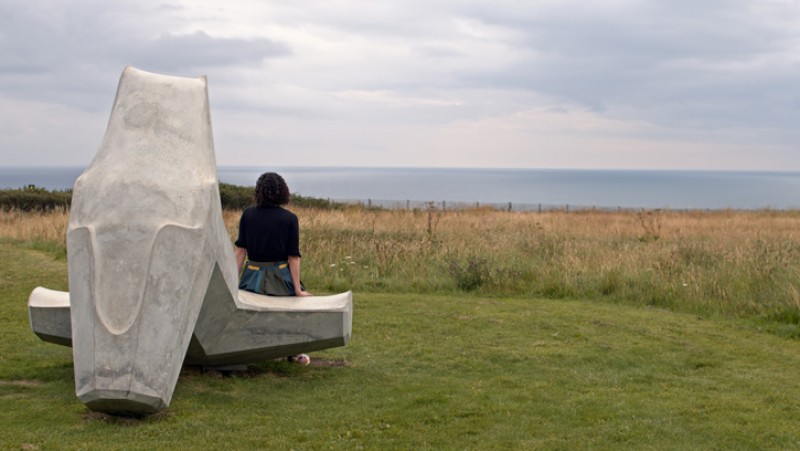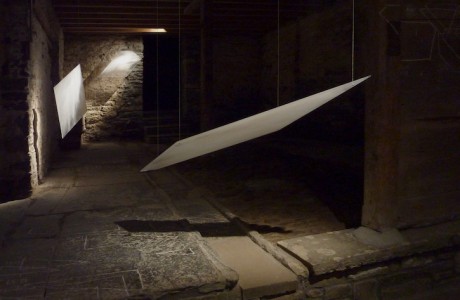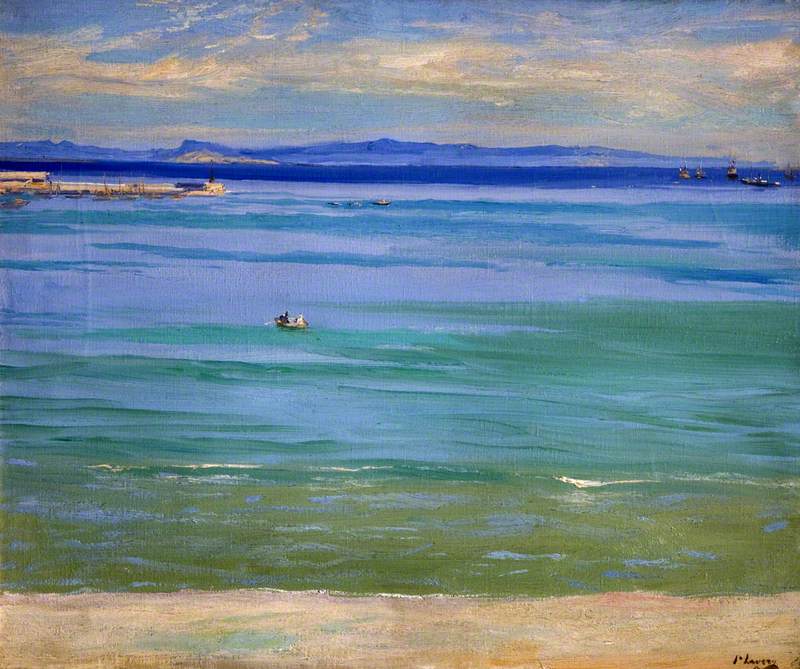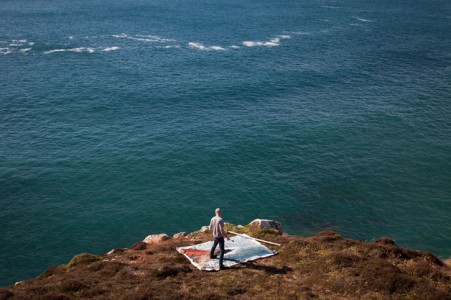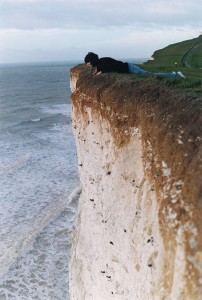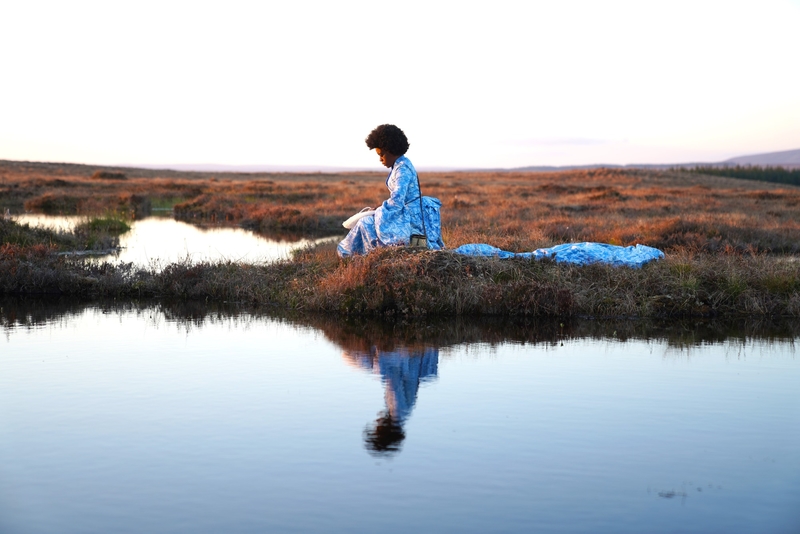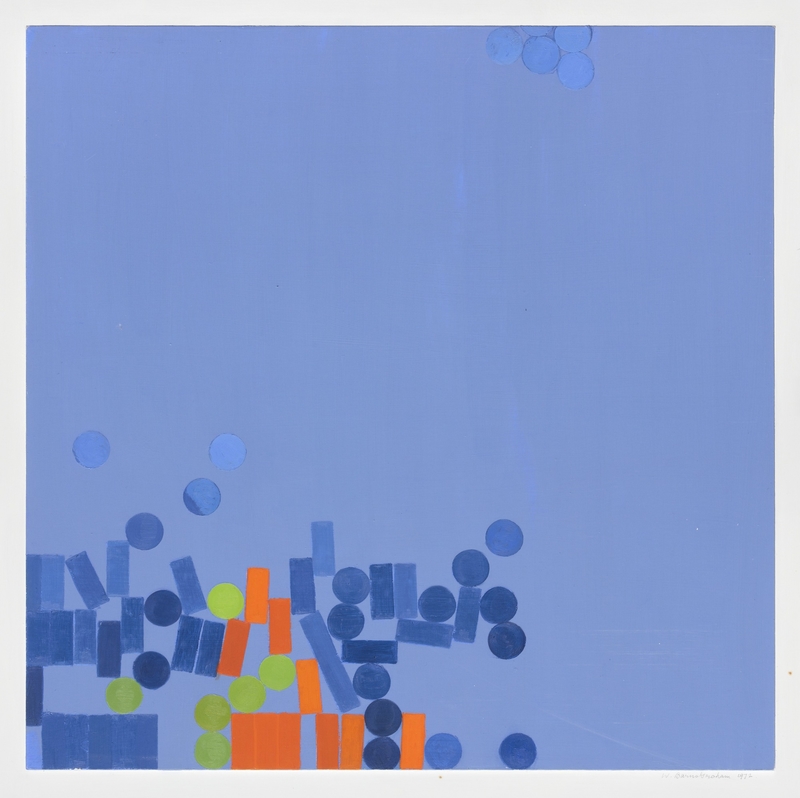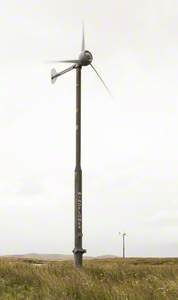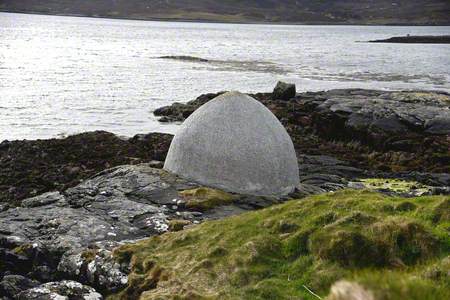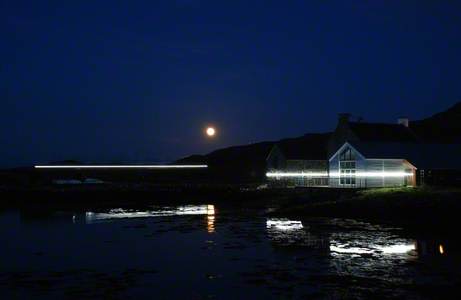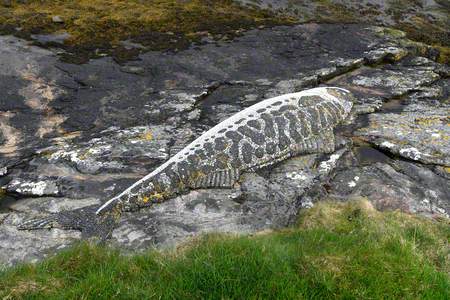An environment that sits third on the list of windiest places in the UK may not seem like the best place to experience outdoor art. Yet Uist, my home, is rich in public artworks.
Uist is a chain of islands at the southern end of the Outer Hebrides, 40 miles or so off northwest mainland Scotland. Life here is very much ruled by the sea, and shaped by the coastal landscape.
It is also a highly seasonal place – we rely on tourism in the summer, and adapt to different challenges throughout the year.
Our environment is at the centre of everything. Normal parts of everyday life include making plans around lambing season, being intimately familiar with tide charts, and checking the forecast first thing every morning.
So it makes sense that much of our public art explores and reflects the relationship between land and sea – as well as our reliance on our environment and the impact that we have upon it.
These outdoor works also highlight the way in which many island artists and organisations have an ethos that is firmly rooted in place.
In the village of Lochmaddy, North Uist, sits a campus for the University of the Highlands and Islands, which includes an art school with a place-based approach to learning and art practice.
The school sits alongside, and works in collaboration with, Taigh Chearsabhagh Museum & Arts Centre.
In 2018, Taigh Chearsabhagh itself became part of a work of art, when Pekka Niittyvirta and Timo Aho installed Lines (57° 59′ N, 7° 16'W), a site-specific work that used lights and sensors to depict sea level rises.
Lines (57° 59’N, 7° 16’W)
2018
Pekka Niittyvirta (b.1974) and Timo Aho (b.1980) 
Taigh Chearsabhagh's building, close to Uist's coast, has faced many challenges due to extreme sea conditions. During high tides, the deck at the back of the building feels almost as though it is suspended directly above the ocean.
Becoming part of the landscape, observing it carefully and understanding your place in it is central to these place-based works.
Reflections, by Colin MacKenzie, and The Listening Place, by Valerie Pragnell and Archie Walker, sit at almost opposite ends of the island chain. Both are very specific to their sited positions, and allow viewers to interact with the work and the landscape.
The Listening Place draws on the importance of both agriculture and the written word to South Lochboisdale and North Glendale in South Uist, and sits on the boundary between the two villages.
Five metal tractor seats face towards the bay and across the water to Lochboisdale, the main port in South Uist. A stone wall curves around the back of the tractor seats, and is adorned with extracts of poetry from local Gàidhlig bards Donald MacDonald, from South Lochboisdale, and Donald J. MacDonald, from Peninerine.
The extracts reflect on the varied lives and occupations of those in the area – agriculture and fishing, music and poetry, art and story-telling – and the importance of all of these activities to the economy and social culture of the islands.
Reflections marks the old crossing place to Baleshare island from Claddach Baleshare in the west of North Uist.
A series of small ceramic tiles curve around a natural rock outcrop to form a bench. The tiles and the flowing shape of the seat resemble crashing waves and the changing colours of the ocean.
There is now a causeway connecting the small island to North Uist. The building of causeways between the islands has allowed for much greater connectivity – Berneray was connected to North Uist only in 1999. Eriskay followed, with a link to South Uist opening in 2001.
These links are vital to allow the islands to connect and flourish. However, the causeway between Baleshare and North Uist has been subject to flooding and damage caused by excessively harsh weather, as many of these island communities experience the effects of climate change in ever more devastating ways.
The changing weather also has an impact on the artworks themselves. Mosaic Mackerel by Rosalind Wates, found just a few steps away from Taigh Chearsabhagh, was created in 1996 using found materials from the local area: quartz, basalt rock, mussel shells and worn-down coloured glass.
The mackerel is an impressive size at 15-feet long, yet it seems to sit so naturally and comfortably on the shore as if it flopped out of the water and calcified right there on the rock.
It has undergone many repairs, most recently when the tail became detached in a bad storm. The escalating adverse weather patterns in Uist have impacted almost every aspect of life and threaten the stability of the island population.
Conversation about the tides is a constant while living on an island. Our lives are ruled by the behaviours of the ocean. Fishing boats consider the tides and sea swell to judge when to venture out for their catch, ferry timetables require adjusting, causeways may become difficult to pass, and tidal islands may become temporarily inaccessible.
Christine Boshier's High Tide/Low Tide looks at the importance of the tides in a dome-shaped sculpture covered in glass particles that gleam in the sun, similar to the light glinting off the surface of salty water on a sunny day.
The dome is filled with salt crystals, which are gradually washed away through a small opening as the tides take water in and out. The sculpture, sitting in the inter-tidal zone, is changed permanently with each tide.
Roddy Mathieson's Sanctuary, found in Locheport, combines the importance of the sea with that of the sky. The bronze work shows the similarities between the wings of the local swan population as they take flight across the sky and the ribs of the boats on the lochs in the area.
The impact of human activity across the islands cannot be ignored: the landscape has changed throughout history to accommodate life for humans. This has affected local wildlife in ways we are always trying to resolve.
Seabird populations have been decimated by changing agriculture practice and rules, and the thoughtless introduction of hedgehogs to the island in the 1970s. Attempts to tackle these ecological issues face constant challenges.
People aren't just worried about the weather, though. A recent plan to build a spaceport in Scolpaig, North Uist, has received a significant backlash, much like the protest fronted by Canon John Morrison in the 1950s against Ministry of Defence plans to build a missile testing range in South Uist.
Fearful of the impact this would have on the culture of the island, he commissioned Hew Lorimer to create a nine-metre statue of Madonna and Child known as Our Lady of the Isles. The statue resides on the West slope of Ruabhal: a defiant positioning in front of the current QinetiQ Range Control Building, which sits at the top of the hill.
Art and industry have always been inextricably intertwined in Uist, and island artists continue to make work that explores their own relationship with the island – living with, and sometimes against, the elements.
Siân Swinton, artist and islander
This content was supported by Creative Scotland
